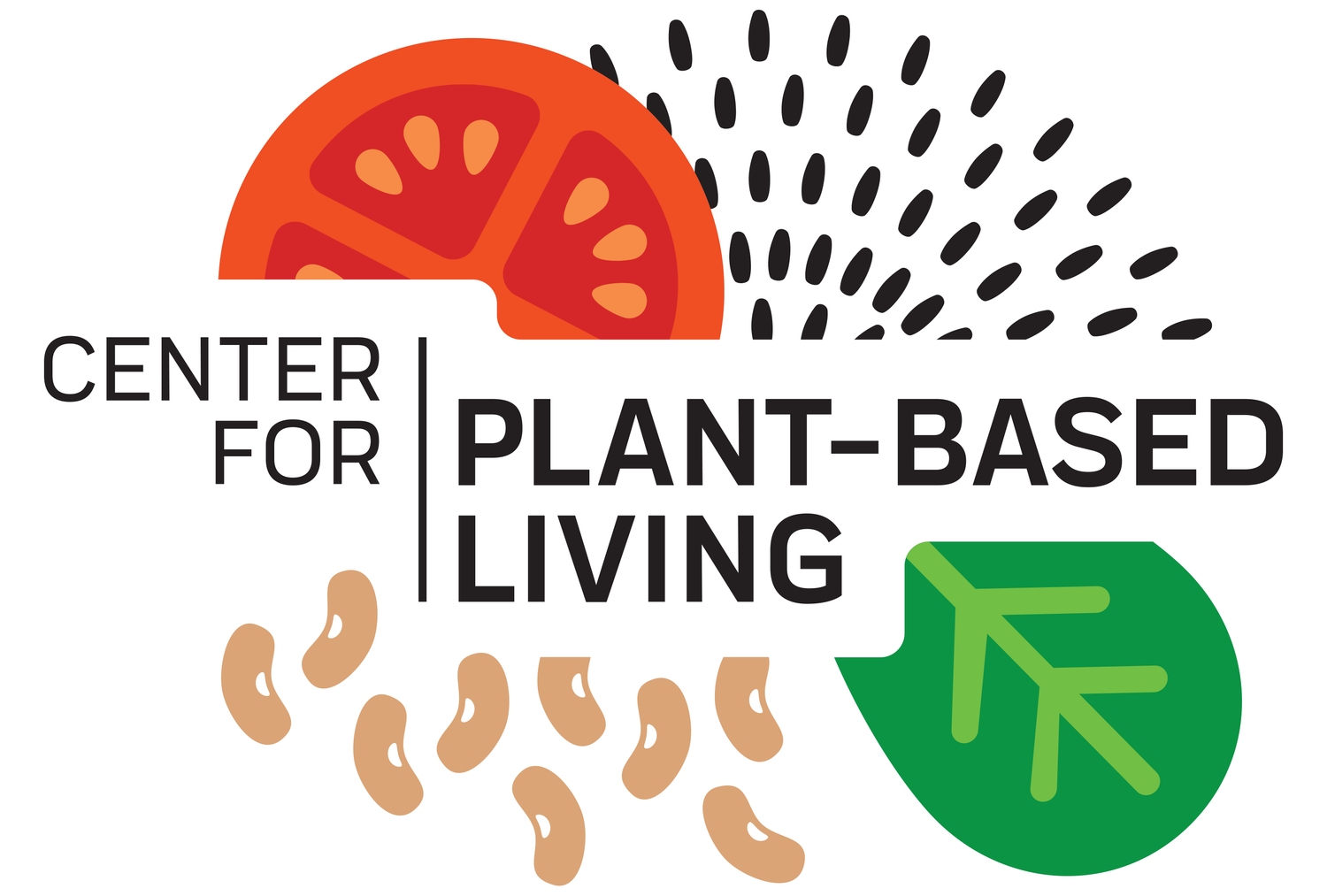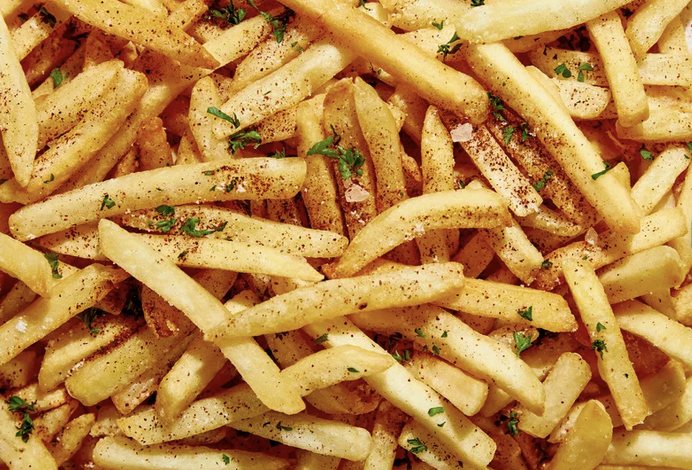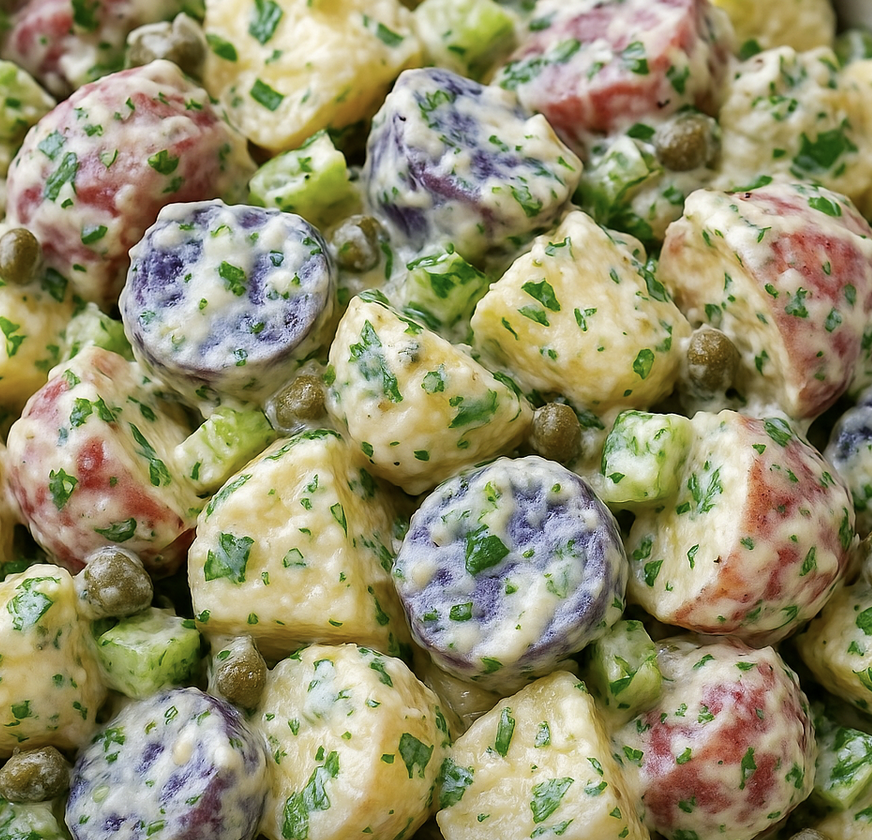THE DOC AND CHEF SHOW EP. 34: POTATOES // SUPPORTING SCIENCE AND THE RECIPE
The potato, a tuber of the plant Solanum tuberosum, is in the nightshade family Solanaceae. It has become a staple food in many parts of the world, and has a rich history that dates back thousands of years. Originating in the South American Andean region, specifically in modern-day Peru and northwestern Bolivia, potatoes have been cultivated by the indigenous peoples of the Andes for 7,000 to 10,000 years. Although there are roughly 4,000 different varieties of potatoes worldwide, only a few cultivars commonly show up in the supermarket. These include:
Russet Potatoes: Large, oblong, and slightly rough, brown skin with white to pale yellow flesh. They are low in moisture and high in starch. Their fluffy texture makes them perfect for light and airy mashed potatoes and crispy French fries.
Yellow (or Golden) Potatoes: Medium to large size, round to slightly oblong shape with thin, golden skin and yellow to golden flesh. They have a medium amount of starch and their natural buttery flavor and moist texture make them particularly appealing for roasting and mashing.
White Potatoes: Medium size, round or oblong shape with a thin, white or tan skin and white flesh. They have a medium starch content, are slightly creamy, and are less fluffy than russets. They are versatile and can be used in a variety of dishes, including soups and stews.
Purple (or Blue) Potatoes: Small to medium size with a distinct purple to almost black skin and vibrant purple flesh. They also have a medium starch content and often have an earthy and nutty flavor.
Red Potatoes: Small to medium size, smooth, thin red skin with white or creamy flesh. They have a low starch content and their waxy texture helps them hold their shape well, making them ideal for dishes where a firmer texture is desired.
Fingerling Potatoes: Small, elongated, and finger-shaped with a thin skin. They come in various colors, including yellow, red, purple, and white. They have a low starch content and a buttery, nutty flavor. Their small size and shape make them great for roasting whole.
New Potatoes: Very small and young potatoes with a thin, delicate skin. They can be of any variety, hence coming in various colors. They also have a low starch content and a sweet, fresh flavor due to their high sugar content. Their tender texture and sweet flavor make them a springtime favorite.
Each type of potato brings its unique qualities to the table, making them suitable for different cooking methods and recipes. Choosing the right potato based on its characteristics can greatly enhance the outcome of your dish.
HEALTH BENEFITS
Potatoes are a nutritious and versatile food that offer a variety of health benefits which include:
Rich in Nutrients: Potatoes are a good source of several vitamins and minerals, particularly vitamin C, vitamin B6, potassium, and manganese. Vitamin C is an antioxidant that aids in the repair of body tissues and the immune system, while vitamin B6 is essential for the health of the nervous system. Potassium helps regulate blood pressure, and manganese is involved in bone health and metabolism.[1]
High in Antioxidants: Potatoes contain compounds like flavonoids, carotenoids, and phenolic acids, which act as antioxidants. These substances can neutralize potentially harmful molecules known as free radicals, reducing the risk of chronic diseases such as heart disease, diabetes, and cancer.[2]
May Improve Blood Sugar Control: The resistant starch found in potatoes can improve blood sugar control by increasing the body's insulin sensitivity. This effect is enhanced when potatoes are cooked and then cooled before consumption, as this process increases their resistant starch content.[3]
Lower Blood Pressure: Potatoes contain significant amounts of potassium, which can help lower blood pressure.[4]
Satiety and Weight Management: Despite their reputation, potatoes can be part of a weight management diet. They are high in water and fiber, which can make you feel full and satisfied. This may help reduce overall calorie intake if consumed in moderation and as part of a balanced diet.[5]
Gluten-Free: Potatoes are naturally gluten-free, making them a great food option for people with celiac disease or non-celiac gluten sensitivity.
It's important to note that the method of preparation significantly affects the healthiness of potatoes. It's beneficial to consume potatoes with their skins on, as the skin contains a significant amount of the potato's fiber and nutrients. Boiling, baking, or steaming potatoes is healthier than frying them, as frying significantly increases their fat and calorie content. Frying potatoes also creates acrylamide, and studies have shown that consuming high levels of acrylamide can cause cancer and damage to the nervous system.[6] If you decide to consume fried potatoes, here are some tips to help reduce acrylamide formation in:
Soak potatoes: Soaking sliced or diced potatoes in water for 15 to 30 minutes before frying can reduce acrylamide formation by lowering sugar content.
Avoid overcooking: Frying potatoes to a golden yellow color rather than a dark brown can minimize acrylamide levels. Overcooking at high temperatures increases acrylamide formation.
Store potatoes properly: Keeping potatoes out of the refrigerator, especially in a cool, dark place, can prevent the formation of sugars that contribute to acrylamide production during cooking.
Blanching: Pre-cooking potatoes in boiling water for a few minutes before frying can significantly reduce acrylamide levels.
While all potatoes offer a good source of vitamins, minerals, and fiber, specific types have unique attributes that can contribute to health in different ways:
Russet Potatoes: High in fiber, especially if the skin is consumed, which can help with digestion and lower the risk of heart disease. They are also rich in vitamin C and B6, potassium, and magnesium.
Yellow (or Golden) Potatoes: Rich in antioxidants, including carotenoids such as zeaxanthin and lutein, which are beneficial for eye health. They contain a higher amount of potassium compared to other varieties, which is important for blood pressure control.
White Potatoes: Like russets in nutrient profile but slightly lower in fiber. They have a moderate glycemic index, especially when cooled after cooking, which can help with blood sugar control.
Purple (or Blue) Potatoes: Exceptionally high in antioxidants, particularly anthocyanins, which have been linked to various health benefits, including improved heart health and reduced risk of certain cancers. They also have anti-inflammatory properties.
Red Potatoes: Lower in calories compared to some other varieties, making them a good choice for weight management. The skin of red potatoes is rich in antioxidants, particularly anthocyanins, which can help reduce inflammation and protect against heart disease.
Fingerling Potatoes: Similar nutritional benefits to other potato types, depending on their skin color and flesh. Varieties with darker colors, like purple fingerlings, will have higher antioxidant levels.
New Potatoes: Because they are harvested early, they have a higher moisture and sugar content but lower starch content. This can make them easier to digest for some people. The skin is particularly rich in nutrients since it's not as thick as in more mature potatoes.
SUMMARY
In general, the nutrient diversity among potato types suggests that including a variety of potatoes in your diet could maximize the range of health benefits. However, it's essential to consider preparation methods; for instance, boiling or baking is healthier than frying. The presence of the skin also increases fiber and nutrient intake, so consuming potatoes with their skin is recommended when possible.
[1] American Journal of Potato Research (2019) 96:102–110[2] Molecules. 2021 Apr 22;26(9):2446.[3] J Med Food. 2022;25(12):1155-63[4] Nutrients. 2016 Jul 22;8(7):444.[5] J Med Food. 2022 Dec;25(12):1155-1163[6] https://www.niehs.nih.gov/health/topics/agents/acrylamideGourmet Oil-Free Plant-Based Potato Salad Recipe
Ingredients:
2 lbs of small red, gold potatoes, purple potatoes, washed and quartered
1 cup Caryn’s mayo (recipe below)
1/2 cup diced red onion
1/2 cup diced celery
1/4 cup chopped fresh dill
1/4 cup chopped fresh parsley
1/4 cup capers
Salt and black pepper to taste
Directions:
Cook the Potatoes: Boil the quartered potatoes in a large pot of salted water until fork-tender, about 10-15 minutes. Drain and let cool slightly.
Make Caryn’s mayo: In a blender, combine all ingredients until smooth.
Combine Ingredients: In a large mixing bowl, combine the cooled potatoes, red onion, celery, dill, parsley, capers.
Add the Dressing: Pour the dressing over the potato mixture and gently toss to coat evenly.
Caryn’s mayo:
1 package (12 oz) light firm silken tofu*
3 Tablespoons raw cashews
2 Tablespoons apple cider vinegar
1tablespoon Dijon mustard
juice of 1/2 medium lemon
1 teaspoon date syrup (or other liquid sweetener)
3/4 teaspoon mustard powder
pinch of sea salt
1/2 pinch of Indian black salt (kala namak)
Chill and Serve: Refrigerate the salad for at least an hour before serving to allow flavors to meld together.
⭐️ Join our community and become a member!
Our membership is built like a streaming service - you get a full library of plant-based cooking classes to watch whenever you want. PLUS, you gain access to upcoming interactive virtual cooking classes and a monthly accountability group call.
As a member you get:
Complete library of all past virtual classes - stream them whenever you’d like!
Free access to upcoming virtual classes with both Chef Caryn and Dr. Loomis!
Library of easy and quick recipes: 150 and growing
Monthly accountability check-in and support group Zoom call with Caryn
Quarterly “Ask the Doc” call with Dr. Jim Loomis, our Medical Director
A community of support
To learn more, please visit us here.



